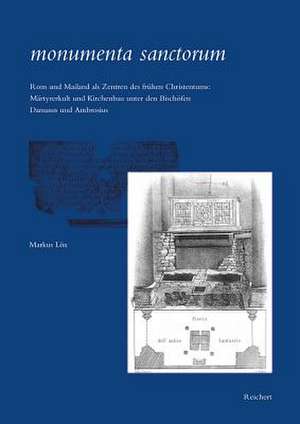Monumenta Sanctorum: Spatantike - Fruhes Christentum - Byzanz, cartea 39
Autor Markus Loxde Limba Germană Hardback
Preț: 624.39 lei
Preț vechi: 770.86 lei
-19% Nou
Puncte Express: 937
Preț estimativ în valută:
119.48€ • 130.19$ • 100.68£
119.48€ • 130.19$ • 100.68£
Carte indisponibilă temporar
Doresc să fiu notificat când acest titlu va fi disponibil:
Se trimite...
Preluare comenzi: 021 569.72.76
Specificații
ISBN-13: 9783895009556
ISBN-10: 3895009555
Pagini: 352
Dimensiuni: 175 x 244 x 28 mm
Greutate: 0.86 kg
Editura: Dr. Ludwig Reichert
Seria Spatantike - Fruhes Christentum - Byzanz
ISBN-10: 3895009555
Pagini: 352
Dimensiuni: 175 x 244 x 28 mm
Greutate: 0.86 kg
Editura: Dr. Ludwig Reichert
Seria Spatantike - Fruhes Christentum - Byzanz


